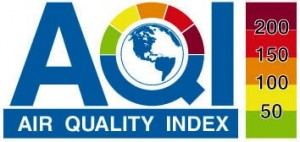Much progress can be made to reduce the nation’s greenhouse gases through recycling, waste reduction, smart growth, and by reusing formerly contaminated sites including “brownfields,” according to a report just issued by the U.S. Environmental Protection Agency.
EPA says, not without controversy, that climate change is primarily the result of greenhouse gas (GHG) emissions, and its effects will worsen over time in the absence of regulatory action. EPA also ruled earlier this year that greenhouse gases are a threat to public health and welfare.
“Opportunities to Reduce Greenhouse Gas Emissions through Materials and Land Management Practices” claims that 42% of U.S. greenhouse gas emissions are influenced by materials management policies. These include the impacts from extracting raw materials, food processing, and manufacturing, transporting, and disposing of products.
EPA says another 16% to 20% of emissions are associated with land management policies. That includes emissions from passenger transportation, construction, and from lost vegetation when greenfields are cleared for development. In addition, the equivalent of 13% of U.S. emissions is absorbed by soil and vegetation and can also be protected or enhanced through land management policies.
Some of the materials and land management activities that have the potential to decrease emissions include:
- reducing the use of non-packaging paper products
- increasing municipal recycling, and recycling of construction and demolition debris
- reusing land, including redevelopment of formerly contaminated lands
- reusing formerly contaminated lands for renewable energy development
- encouraging smart growth
The report suggests that land management and materials management approaches should be part of the nation’s toolbox to meet the target of an 83% reduction in greenhouse gas emissions by 2050.
For more information on the report click here.

